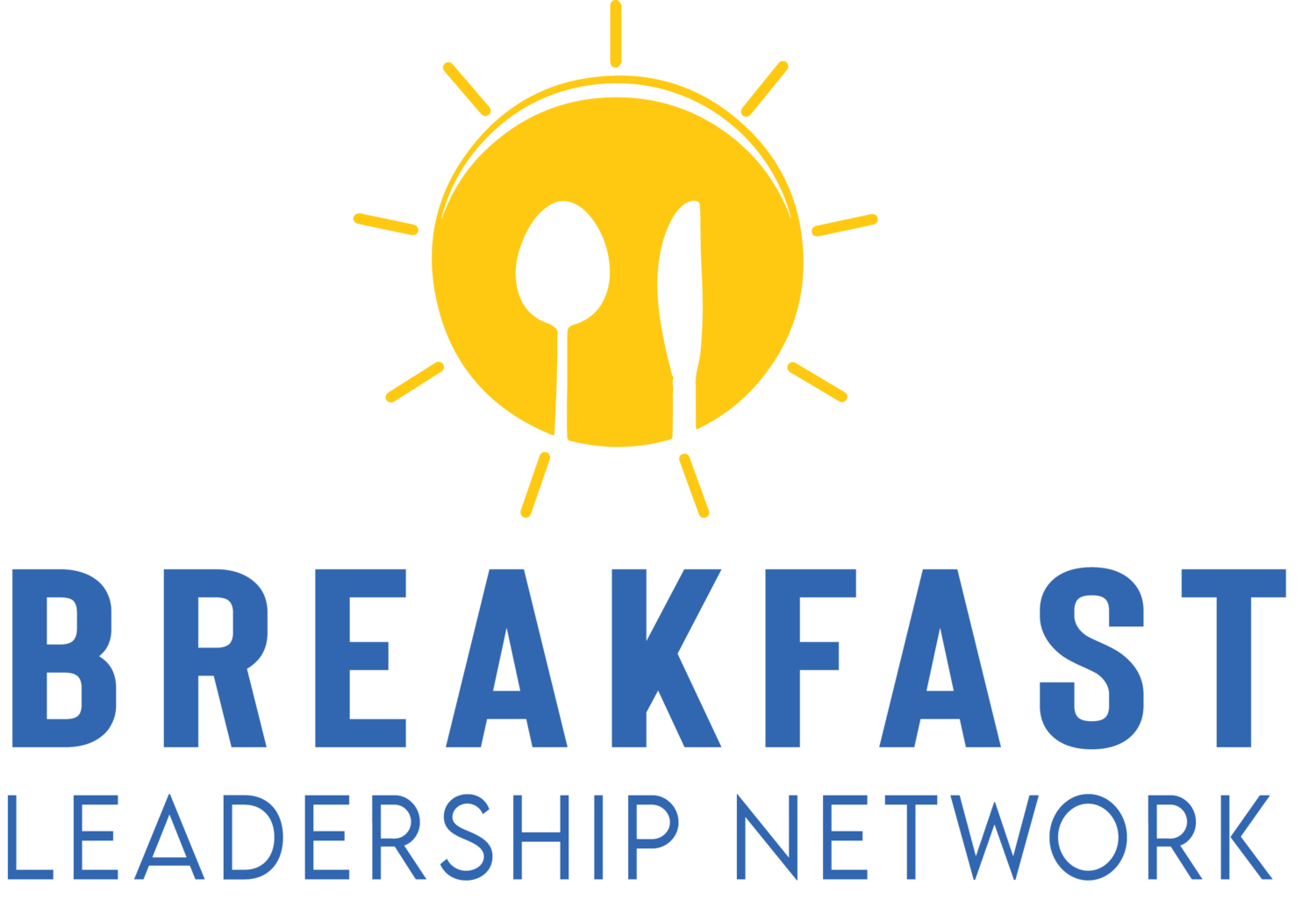Adaptive Leadership in a Volatile World: Lessons from Gartner’s Q4 2025 Report
The New Reality of Workplace Chaos
Gartner’s Q4 2025 Business Quarterly report paints a stark picture of organizational turbulence. The Global Economic Policy Uncertainty Index has surged to a record 630, eclipsing the chaos of both the 2008 financial crisis and the early pandemic years. Tariff wars, geopolitical instability, supply chain fragility, and the exponential rise of artificial intelligence have collided to create a form of “compound volatility” that traditional leadership playbooks cannot solve.
For leaders heading into 2026, the message is clear: the ability to adapt will define survival. As Gartner’s Chief of Research Chris Howard wrote, “Gone are the days when organizations planned annually and locked in workstreams for the year. Smart planners use adaptive techniques that constantly scan for signals and influence execution in near real time.”
This isn’t just a call for new strategy, it’s a cultural mandate. It requires leaders to reimagine how work gets done, how decisions are made, and how resilience is built across every level of the organization.
1. From Annual Planning to Adaptive Strategy
Traditional, calendar-based planning is dead. The speed of disruption means by the time an annual strategy is finalized, it’s already outdated. Gartner urges executives to embrace adaptive strategic planning a process that integrates continual scanning, real-time responsiveness, and short “strategy sprints” to stay aligned with fast-changing conditions.
For modern workplaces, this means shifting from rigid goal cycles to dynamic feedback loops. Quarterly reviews should no longer focus solely on metrics but on recalibrating direction based on new data, market shifts, and employee insights.
Adaptive organizations are those that can interpret change as it happens and pivot without losing alignment or purpose. This mindset aligns closely with the Burnout-Proof Leadership Model discussed on BreakfastLeadership.com/blog, which emphasizes calm focus and iterative progress as key ingredients of long-term resilience.
2. AI as the New Compass for Decision Making
Gartner identifies AI-driven scanning as the cornerstone of modern strategy. Context scanning and execution scanning terms used in the report allow organizations to detect disruption before it becomes destructive gartner-business-quarterly-4q25.
In practical terms, this means integrating AI tools that continuously monitor trends in customer behavior, regulation, and operations, providing leaders with data-backed foresight. But Gartner cautions against total automation. The human layer remains vital: AI can identify the signals, but people provide the sense-making.
The implication for 2026 is profound. As AI transforms from a support tool into a strategic partner, leaders must cultivate AI literacy at every level of the organization. Decision-making will increasingly rely on teams that understand both data analytics and human context a dual skillset that defines what I call “conscious leadership” in the digital era.
For deeper insights on balancing technology and humanity in leadership, see my article on AI and Burnout in the Modern Workplace.
3. Expanding Participation and Psychological Safety
One of Gartner’s most overlooked but critical insights is the importance of inclusive strategic planning. Too often, strategy is confined to the C-suite. Gartner recommends increasing participation across levels, departments, and geographies, noting that “broader participation leads to more informed decisions that are implemented more quickly”
This inclusion isn’t just operational it’s cultural. Engaging diverse voices helps identify blind spots and surfaces early warning signs of burnout, disengagement, or ethical drift. In my work with organizations worldwide, I’ve seen that companies fostering psychological safety outperform others in adaptability and innovation.
A useful companion piece is How Psychological Safety Fuels Organizational Growth, which dives into how open communication reduces risk and accelerates progress exactly the qualities Gartner identifies as essential for 2026.
4. Strategy Sprints and the Death of Bureaucratic Lag
In today’s volatile landscape, waiting six months for a committee to approve a change is a competitive disadvantage. Gartner’s Q4 report advocates for strategy sprints short, focused planning bursts lasting days or weeks, designed to respond to real-time market or environmental triggers.
These sprints echo agile development practices, emphasizing iteration over perfection. For HR leaders, this may mean piloting a new hybrid work model in one department before scaling. For CFOs, it could mean reforecasting in response to supply chain disruptions rather than waiting for the next quarterly review.
Strategy sprints not only shorten decision cycles but also engage employees in meaningful, outcome-driven collaboration reducing burnout through momentum and clarity. This is central to what I teach in Burnout Proof: when people feel part of progress, exhaustion transforms into empowerment.
5. The Cultural Ripple Effect of Adaptive Planning
While Gartner’s findings are rooted in enterprise strategy, the implications ripple across workplace culture. Adaptive planning creates psychological agility a mindset where uncertainty becomes an invitation to learn, not a trigger for fear.
As organizations move into 2026, those that thrive will balance structure with flexibility, automation with empathy, and planning with presence. The data tells one story, but the culture tells another. The challenge for leaders is aligning both.
As I often share with clients, leadership today isn’t about predicting the future it’s about preparing your people to face it together.
For a deeper exploration of resilience and adaptive leadership, visit the Breakfast Leadership blog, where we explore how mindset, systems, and culture intersect to create organizations that thrive even in chaos.
